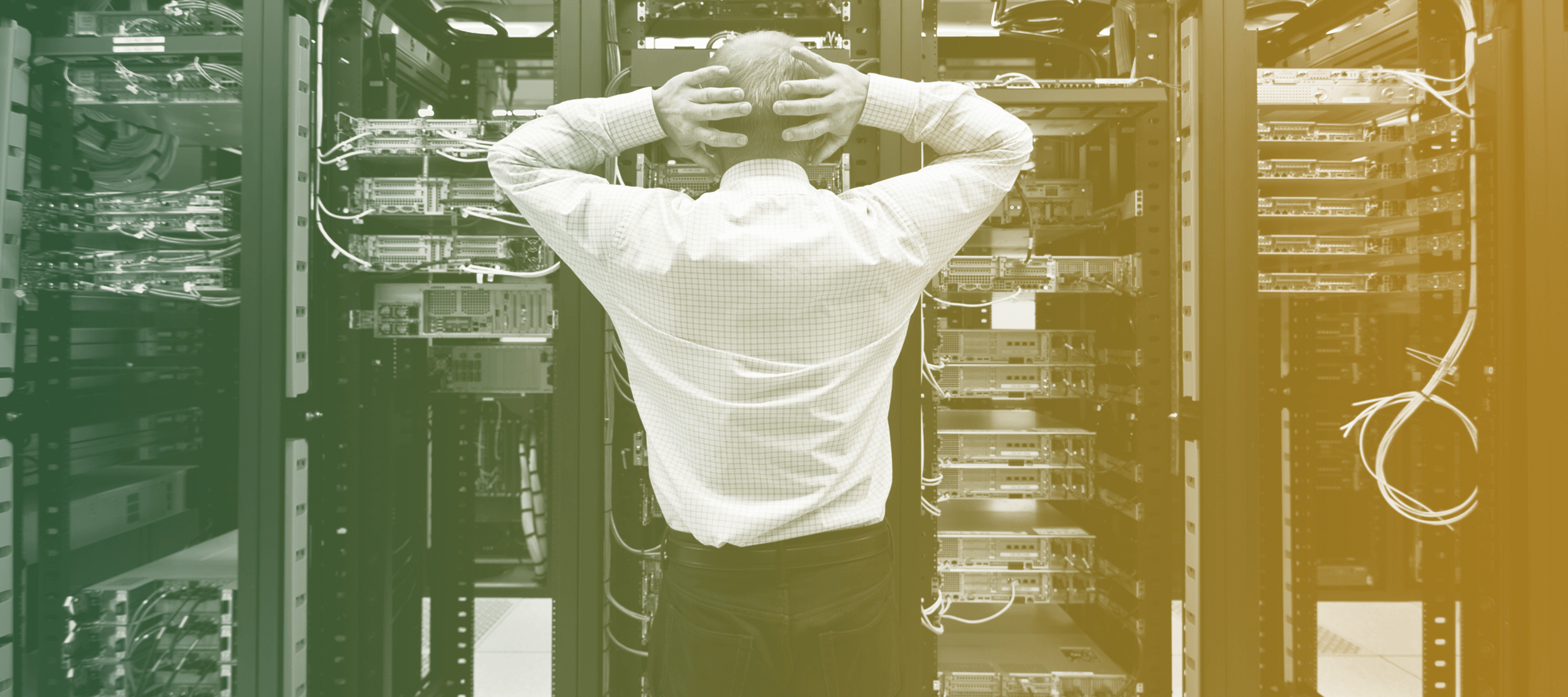THE CASE FOR DATA CENTER THIRD-PARTY MAINTENANCE

This blog is based on a recent data center maintenance study conducted by Technogroup headquartered in Germany, www.technogroup.com, a Gold SIA Sponsor.
Data centers are the hub of a company’s most critical transactions. Yet, many IT managers and business owners report not having adequate resources to proactively monitor, observe and identify issues before they become major complications. Once a problem surfaces, costly service interruptions can result in significant downtime which not only negatively impacts the company, but also their customers.
Modern data centers include an assortment of various servers in physical, virtual or hybrid cloud-based locations. A shift in business strategies, as well as a demand by employees in some cases, calls for companies to begin utilizing a variety of different products and support models to accommodate individual users’ preferences and business goals effectively.
Ready or not — the management and long-term support of these data centers just got more complicated. But are companies prepared?
INTERNAL VS. EXTERNAL
According to a recent study by Technogroup, more than half of the respondents currently operate their IT systems in-house in their own data center. One in five companies use a combined solution and operate their systems in both their own data center and in an external one. Only 4% of respondents currently use co-locations — this solution is expected to rise in popularity.
Furthermore, in the case of around half of respondents, data center operations are managed by their own IT department. Today, 21% of respondents already rely up on a combination of internal and external partners for the maintenance of their data center — only 17% use external service providers alone.
THE RISE OF THIRD-PARTY
Previously relegated to maintaining only legacy equipment, manufacturer-independent third-party service providers are rising in popularity and seen by large companies as viable alternatives. In fact, one in three companies reported that in order to gain time for innovations and to save on costs, they’re planning to realize standard tasks such as data center operations as managed services.
Whether companies are looking to augment their existing internal IT staff or outsource it all, third-party providers address uptime, security, availability and business continuity. Transitioning to external third-party service providers allows companies to focus on the things that matter most to their business — not managing their data center infrastructure.
BENEFITS OF THIRD-PARTY MAINTENANCE
By utilizing third-party maintenance providers, companies can ensure their people spend less time on routine maintenance, system upgrades and configurations. Additionally, third-party maintenance of data centers provides many benefits including:
- Reduced points of contact and confusion
- Cost effectiveness
- Manufacturer-independent support
REDUCED POINTS OF CONTACT AND CONFUSION
Multiple pieces of equipment from various manufacturers leads to multiple service contracts all fluctuating in terms of cost, duration and scope. Additionally with each contract, there are different processes and administrative tasks to deal with.
Who do you contact for this particular failure? What’s the response time for this particular provider vs. the other provider? If you need to escalate and resolve an issue — how and with whom?
According to the Technogroup study, 78% of companies with their own data centers normally use hardware from multiple manufacturers. 31% have components from two to five manufacturers and 47% use between five and seven providers.
Third-party maintenance providers help reduce the number of contacts and minimize confusion maximizing satisfaction with the services provided. In fact, 71% of companies consider a single point of contact for all service agreements to be a valuable and future-oriented alternative to individual service agreements with various manufacturers.
COST EFFECTIVENESS
Because your most critical business operations revolve around technology, you need to ensure your data center and network infrastructure is appropriately maintained. When making choices about where to allocate budgets, IT maintenance doesn’t get the attention it deserves.
Equipment that’s already paid for needs to be handled with care. Failure to do so may lead to costly service interruptions resulting in downtime or even the need for total replacement.
According to the Technogroup study, companies can recognize cost savings of 50-70% when utilizing third-party maintenance in comparison to those companies using original equipment manufacturer (OEM) provided maintenance.
Time is money — the survey also found that around one in three companies expect time savings of around 20% as a result of outsourcing hardware maintenance to a maintenance partner, with 7% of respondents even anticipating savings of up to 50%.
MANUFACTURER-INDEPENDENT SUPPORT
Third-party maintenance providers are generally unbiased when it comes to a product — they don’t care who made it, they just want to ensure it runs optimally for their customers. The ugly truth is that many OEMs would rather sell you new product than keep old equipment working.
A sort of tunnel-vision can occur with OEM providers when they’re so laser-focused on their products, they can become unaware of other vendors’ products and aftermarket improvements that could be beneficial to the customer — this can be detrimental to the customer.
Those engineers that have the myopic view of their OEM products aren’t able to fully comprehend their customers’ environments — let alone look for a better way of doing things. They’re fully capable of solving complex technology problems, but they’re so focused on one single issue, blind spots are left in the service experience.
With continuous improvements, hardware is lasting longer than ever. Businesses of all types spend an enormous amount of money on identifying, vetting and installing new equipment — the same type of care should be involved in selecting a maintenance service plan.
The reliability and ongoing support of a company’s IT infrastructure is paramount. Multiple factors should be considered when choosing a maintenance plan, including, but not limited to price, quality of service, ease of administration and overall business goals. Third-party maintenance solutions are viable, and often superior alternatives to OEM solutions.
